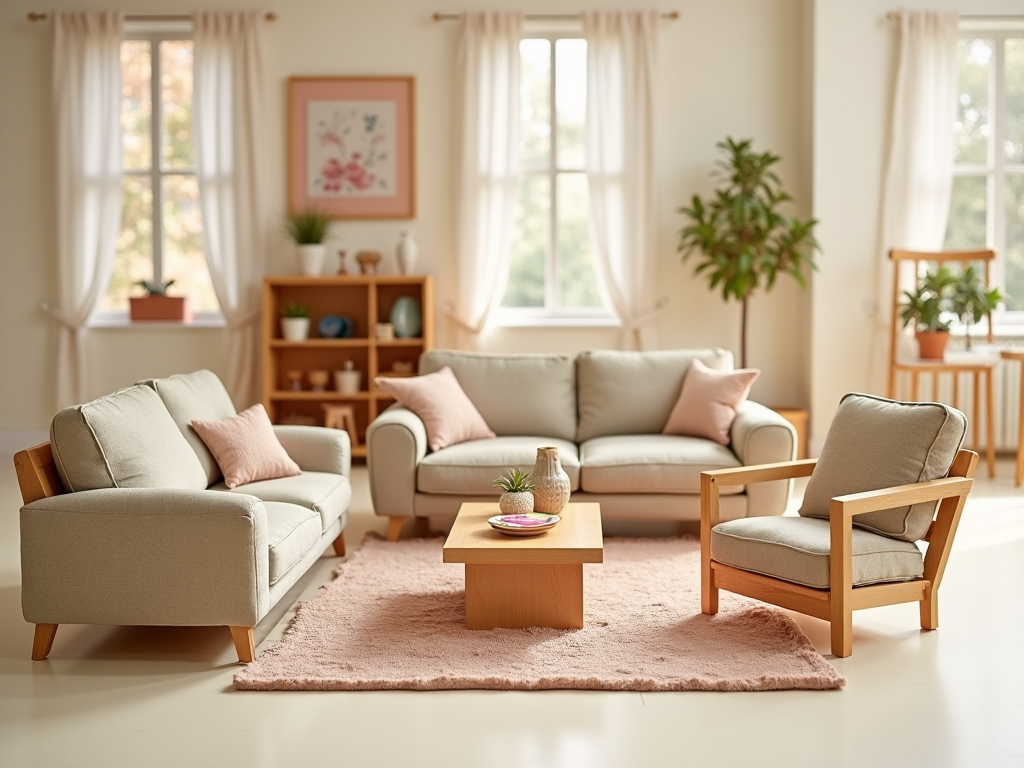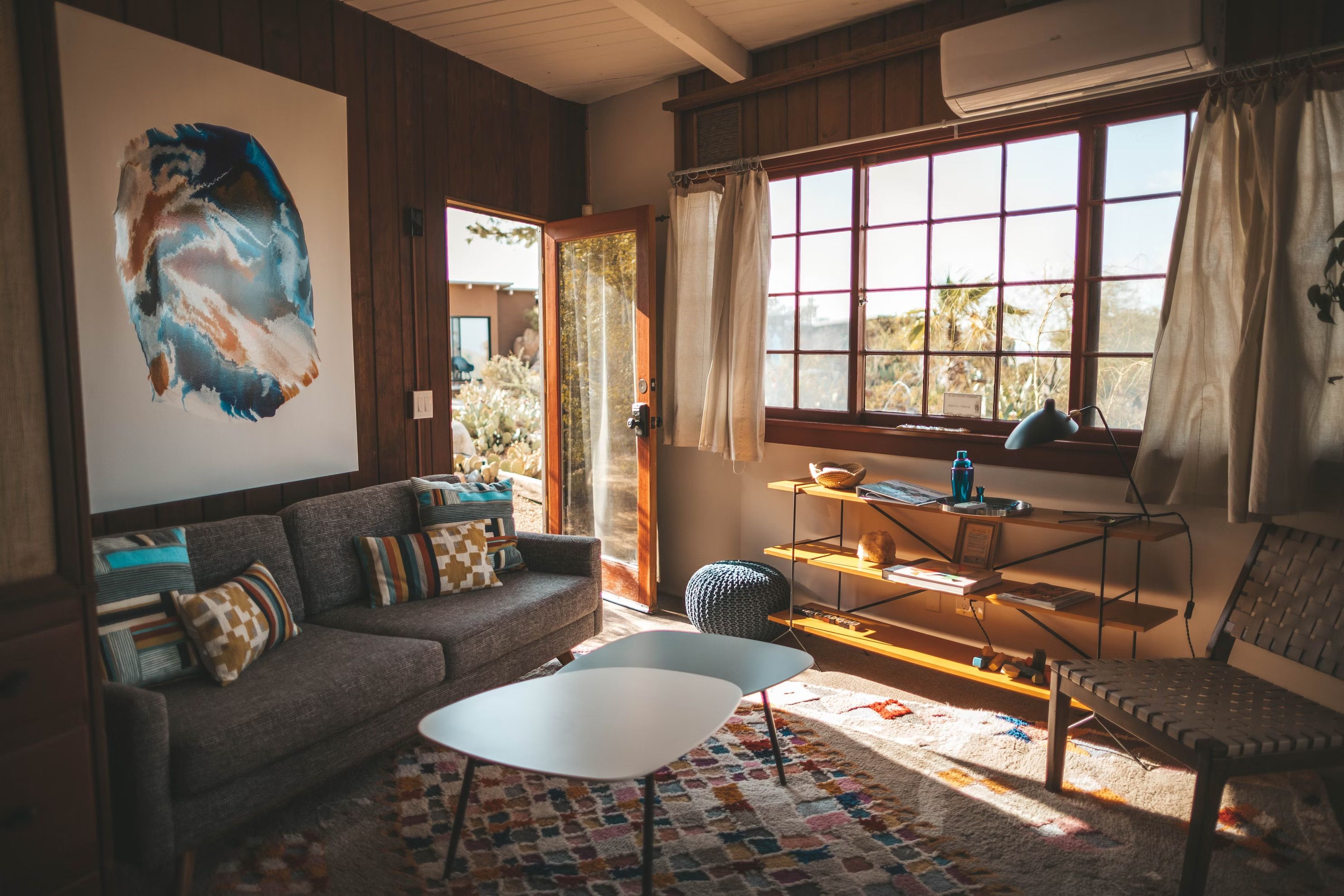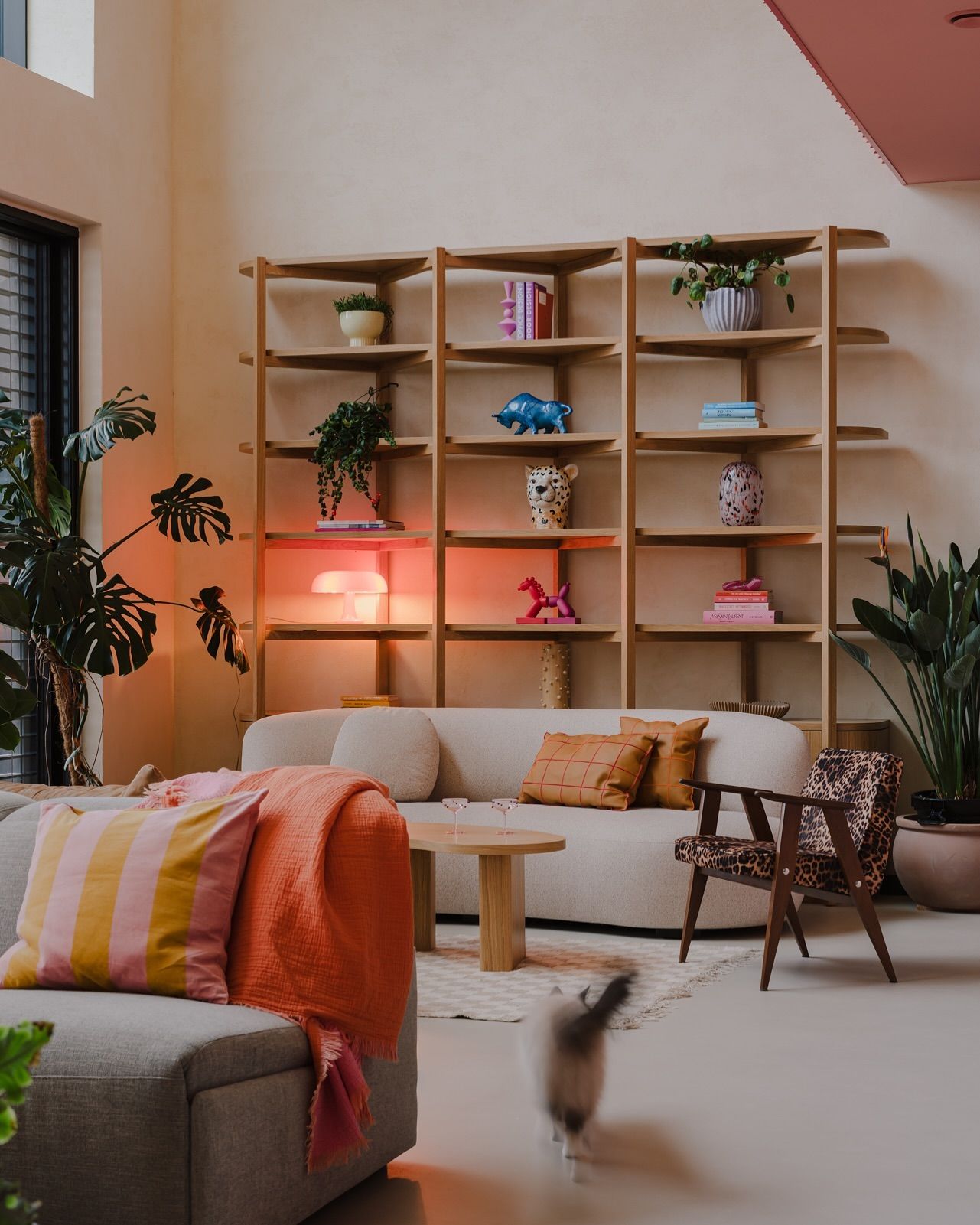Discover Dollhouses & Accessories
Spoken matches dollhouses and accessories across 100s of stores to find you the best price.



Quick facts
Can't find the answer you're looking for? Please get in touch with our friendly team.
Are dollhouses still popular?
Yes, dollhouses remain popular among children and collectors alike. They are not only toys but also decorative items that enhance home decor. Many modern designs incorporate intricate details and themes, making them appealing for both play and display in various interior styles.
Can you make money selling dollhouses?
Yes, you can make money selling dollhouses. High-quality, unique designs or themed dollhouses often attract buyers. Consider selling through online platforms, craft fairs, or local shops. Marketing your product effectively and targeting the right audience can increase your chances of profitability.
At what age should a girl get a dollhouse?
A dollhouse is suitable for girls aged 3 and up. At this age, they can engage in imaginative play and develop fine motor skills. Choose a dollhouse that is safe, durable, and appropriate for their developmental stage to enhance their play experience.
At what age do girls stop playing with dollhouses?
Girls typically stop playing with dollhouses around ages 8 to 10, as their interests shift towards other activities. However, some may continue to enjoy them longer, especially if they incorporate them into imaginative play or interior design themes.
Category Overview
Introduction
Dollhouses and their accompanying accessories serve a delightful purpose in homes, acting as tools for imaginative play and creative exploration. They not only provide entertainment for children but also add a whimsical touch to any living space. A well-crafted dollhouse can enhance the aesthetic of a room while encouraging storytelling and role-playing, which are vital for childhood development. These miniature abodes make everyday life more vibrant, sparking joy and inspiration.
Functionality
The primary function of dollhouses is to create an interactive environment for children to engage in pretend play. Each room within a dollhouse holds endless possibilities—whether it’s a cozy kitchen or a grand bedroom, kids can immerse themselves in various scenarios. Accessories such as furniture sets, figures, and decor items further enrich the experience, enabling them to customize their dollhouse layout according to personal preferences. Unique features like modular designs allow for easy rearrangement within different rooms or even outdoor settings—perfect for spontaneous storytelling adventures.
Design & Style
Dollhouses come in numerous styles and materials that cater to diverse tastes. Classic wooden houses offer durability and timeless beauty, while modern plastic options provide vibrant colors and intricate designs. Common variations include enchanting cottage-style homes and sleek contemporary designs that appeal to today’s aesthetic sensibilities. Personalization is key; you can accessorize with themed furniture—from rustic farmhouse pieces to chic minimalist decor—ensuring that your dollhouse seamlessly blends into your child's room or the living area. Keywords like “traditional dollhouse furniture” or “modern miniature accessories” can guide you toward creating the perfect scene.
Practical Considerations
When selecting the right dollhouse and accessories, consider factors like size, material quality, and intended use. A larger dollhouse might be necessary if your child enjoys hosting playdates, while compact options fit snugly into smaller spaces—ideal for apartments or shared rooms. Look for durable materials that withstand rough play but remain visually appealing when displayed as decor. Avoid common pitfalls such as opting for overly complex designs that hinder accessibility or neglecting safety features (e.g., rounded edges). To maximize functionality, choose sets that encourage open-ended play.
Comparison and Alternatives
When it comes to materials and styles of dollhouses, each option has its pros and cons: wooden models are sturdy but heavier; plastic versions are lightweight yet may lack detail in design. Round versus rectangular structures often depends on aesthetic preference but also how they fit within your child’s play area—a rectangular house might work better against a wall while allowing easy access from all sides in a central location. Consider these factors carefully when making your selection based on room size or personal style preferences.
Trends and Popular Items
Currently, there’s an exciting trend towards eco-friendly materials in the production of dollhouses; sustainable woods are favored by many parents looking to minimize their ecological footprint while still providing engaging toys for their children. Alongside this trend is the rising popularity of customizable kits that allow kids (and parents) to design their dream home together; these kits foster creativity while making quality time memorable. Embrace trends like pastel colors or Scandinavian-inspired minimalism to keep things fresh in your child’s play area! In summary, whether used as tools for imaginative storytelling or decorative statements within a home environment, dollhouses and accessories enrich lives with creativity and charm.